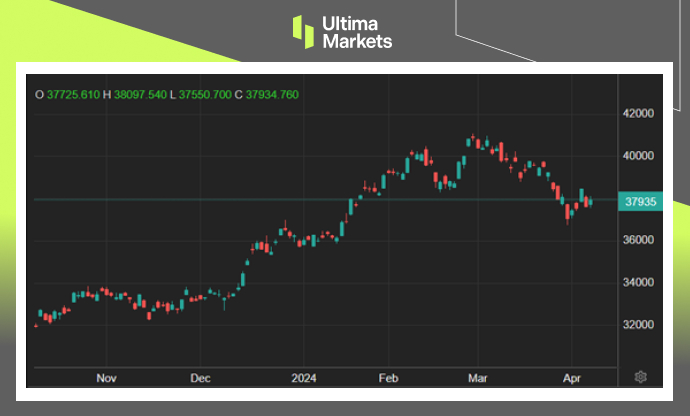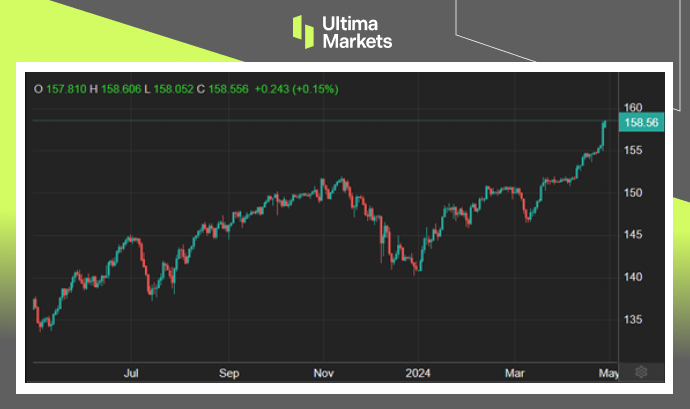
Japanese Stocks Climb, Yen Plummets as BOJ Maintains Rates
On Friday, the Nikkei 225 Index rose by 0.84%, ending the day at 37,943.50, and the broader Topix Index went up by 0.86%, finishing at 2,686.45. The surge made up for most of the previous session’s downturn, following the Bank of Japan’s expected decision to keep interest rates unchanged. Additionally, the Bank removed the previous language regarding maintaining bond purchase levels, increased its inflation outlook, and expressed that it expects the economy to sustain a healthy growth rate.
Market participants also digested information that the core inflation rate in Tokyo has declined to a 2-year low at 1.6% in April, a drop largely attributed to the skewing effects of newly introduced education subsidies. The technology sector, generally, saw an uptick, with a significant uplift in after-market trading by leading U.S. tech firms driven by positive earnings results. Companies such as Tokyo Electron rose by 1.9%, Advantest by 0.9%, SoftBank Group by 2.4%, Recruit Holdings by 1.9%, and Lasertec by 2.2%. Additionally, Socionext soared by 7.8% and Keyence by 7.8%, buoyed by their encouraging earnings announcements.
Note that the Japanese stock markets will remain shut on Monday in observance of Shōwa Day.

(Nikkei 225 Index Six-month Chart)
The Japanese yen depreciated, crossing 156 against the dollar. So far this year, the yen has depreciated approximately 10% compared to the dollar, as the Bank of Japan maintained interest rates at almost zero despite higher interest rates in other leading economies. The situation encouraged traders to borrow yen to invest in currencies yielding higher returns. Investors are also closely monitoring Japanese officials for any indications of potential intervention in the currency markets to halt the yen’s decline.

(USDJPY Yearly Chart)
Disclaimer
Comments, news, research, analysis, price, and all information contained in the article only serve as general information for readers and do not suggest any advice. Ultima Markets has taken reasonable measures to provide up-to-date information, but cannot guarantee accuracy, and may modify without notice. Ultima Markets will not be responsible for any loss incurred due to the application of the information provided.
Why Trade Metals & Commodities with Ultima Markets?
Ultima Markets provides the foremost competitive cost and exchange environment for prevalent commodities worldwide.
Start TradingMonitoring the market on the go
Markets are susceptible to changes in supply and demand
Attractive to investors only interested in price speculation
Deep and diverse liquidity with no hidden fees
No dealing desk and no requotes
Fast execution via Equinix NY4 server









